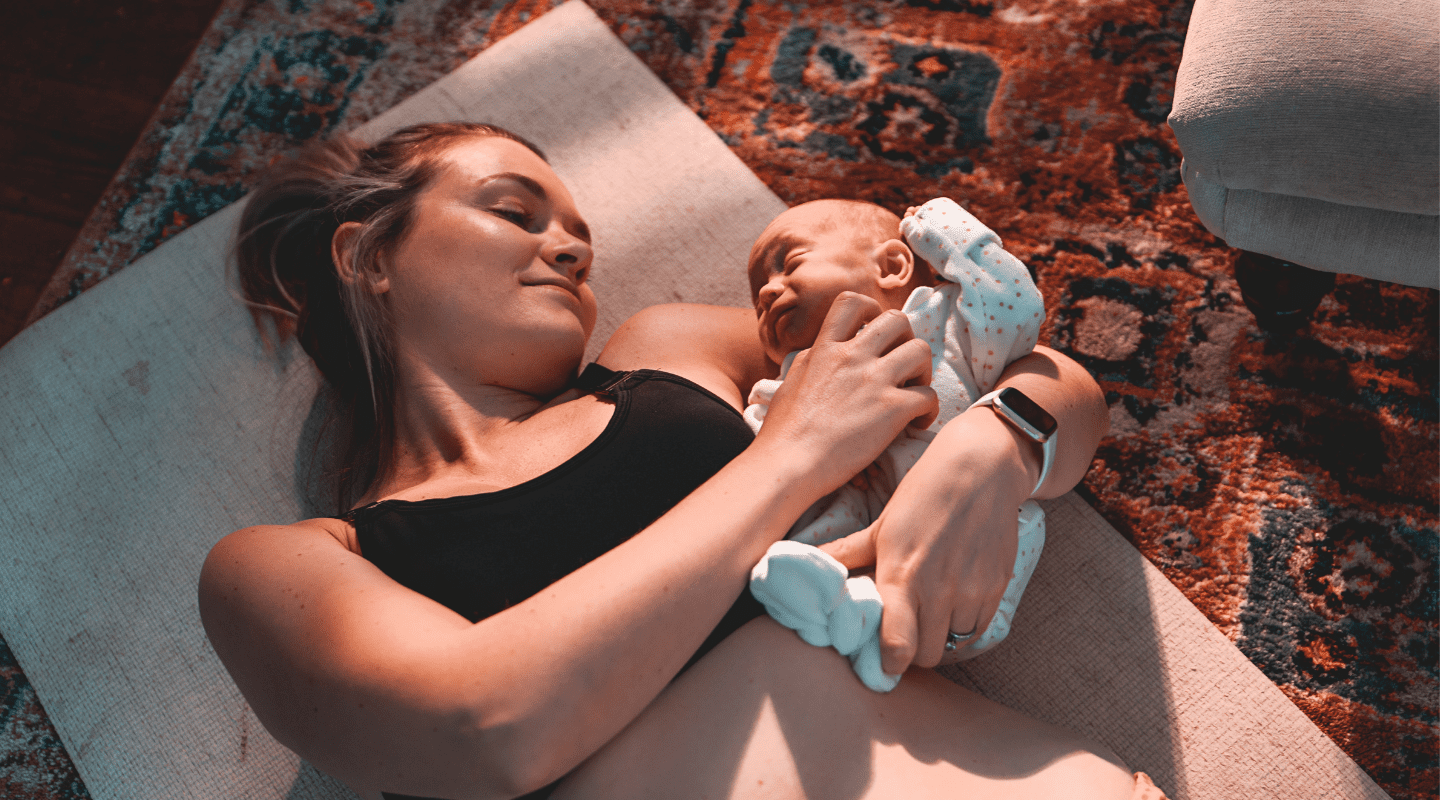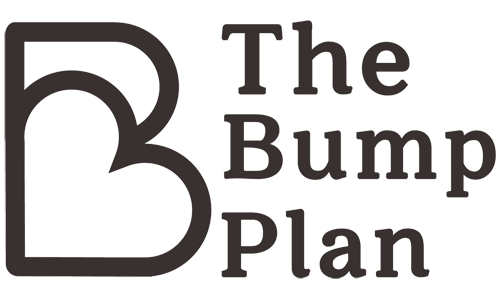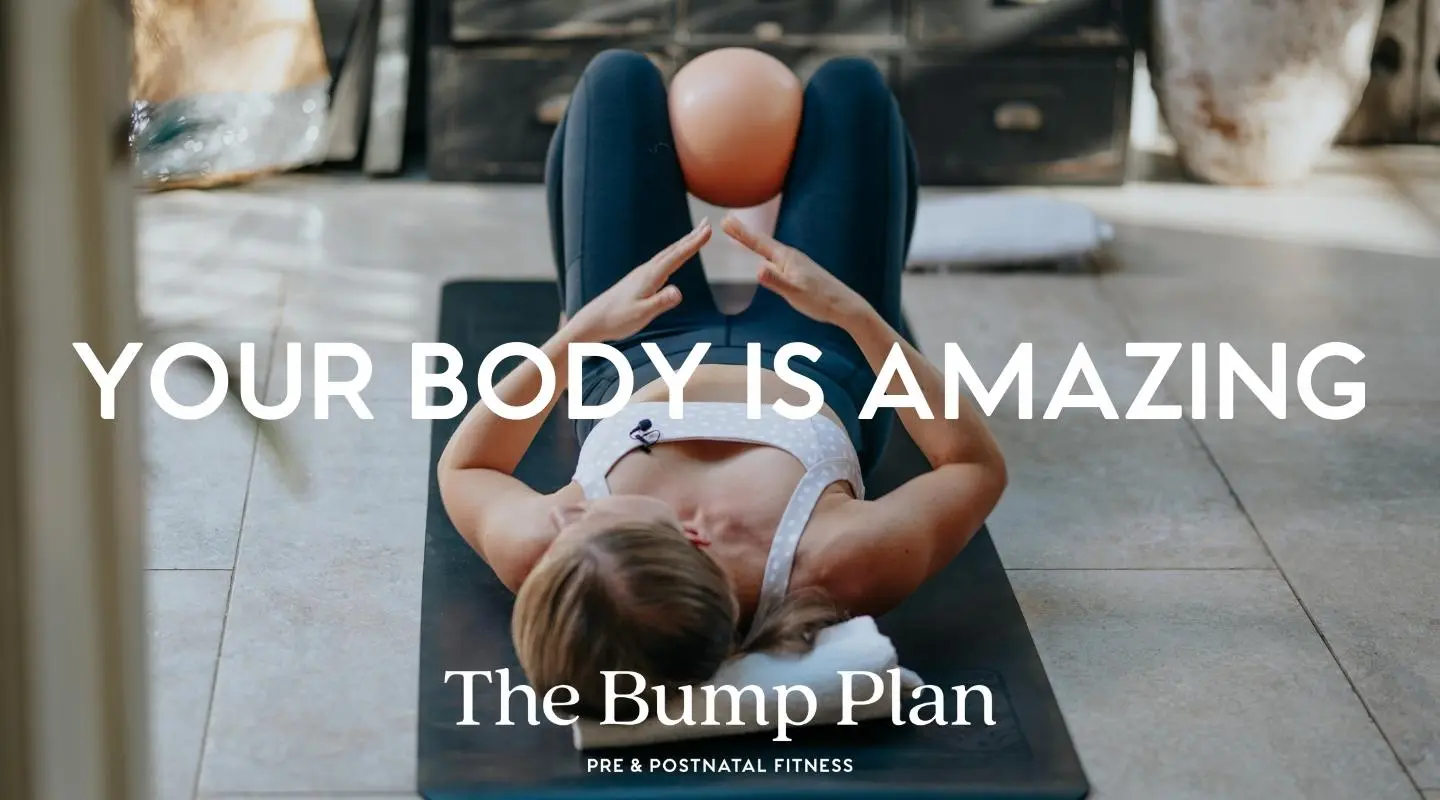What are the risks of exercising too soon postpartum?
So, what are the risks of exercising too soon postpartum? Traditionally new mums were told to rest, recuperate, and not take part in any form of exercise or workout after giving birth until after their 6-week check-up with their doctor, for risk of exercising too soon postpartum. However, we know that advice like this is outdated, and incredibly unhelpful when it comes to efficient postnatal recovery.
It’s important to start by understanding what the current guidelines are. As these will put you at the least risk of injury and prevent you starting exercise too soon postnatally. I’ll also highlight some of the signs might that you are overdoing it. So you can understand when it is the right time to start some exercise postpartum.

What are the current guidelines for postpartum exercise?
The Chief Medical Officers current guidelines for physical activity for postnatal women are that if you had a straightforward birth, you can start gentle exercise as soon as you feel ready; such as pelvic floor exercises, deep core activation, walking, and breathwork. If you delivered via caesarean/c section, or had a more difficult labour, your recovery time may be longer so it’s important to listen to your body.
After your 6–8 week check-up the advice is; if you were active before birth, you can gradually reintroduce activity. Although you may need to modify slightly. If you weren’t active it’s important to start gradually and build up. Eventually we want to be building up to 150 minutes of moderate activity per week, with 2 strength-based activities per week.

Should I just wait until my 6-week check-up?
The danger with this assumption is that there is a lot we can do in those first few weeks that can help improve healing and speed up your postnatal recovery. Such as your pelvic floor work, deep core activation and breathwork. Fear of movement in new mothers is not helpful at all. I think that it can feel very confusing knowing what to do, and what not to do. Whilst we want to be mindful of doing too much too soon, it’s not helpful to do nothing for 6 weeks and then jump into our old fitness workouts.
So, where do I start?
Personally, I would advise that exercise be low impact initially and higher impact exercise is gradually reintroduced no sooner than 3 months later (if there is no pelvic floor or abdominal wall dysfunction). What we don’t want is a parent doing nothing for 6 weeks, and then getting straight back into high impact activity. Relearning good breathing technique, strengthening the pelvic floor, and stimulating the core is a good starting point for encouraging safe exercise further down the line. It will help you learn to exercise more safely if you have a diastasis or prolapse.
What are the risks of exercising too soon postpartum?
The risks of exercising too soon will slightly depend on the labour you had, although some risks are universal. If you have a scar of any sort (episiotomy, caesarean) there is a risk you may cause trauma to your scar and slow down the healing process if you start exercise too early or do too much too soon. You might notice your scar feels sore after exercise, or it looks raw or leaks fluid. If so, you must seek advice from your doctor as soon as possible.
It can also take a while for our pregnancy hormones to return to their pre-pregnancy levels. This can mean our joints are a little more unstable than pre-pregnancy. This can put you at a slightly higher risk of injury. Especially when taking part in high-impact activity (which I would not recommend for at least 4- 5 months postpartum).
If you had a vaginal birth you are at a slightly higher risk of Pelvic Organ Prolapse (POP). Higher impact exercises can increase the risk. Having a strong, functional pelvic floor will really help support the pelvic organs and reduce your risk of POP or manage your symptoms if you already have POP.
After birth, and no matter how you gave birth, we experience a bloody discharge called Locchia. This is totally normal and will gradually reduce over time. However, if you notice your Locchia increases significantly after exercise you may be overdoing it, and need to scale it back.
During pregnancy our abdominal muscles make significant changes to allow space for our growing uterus. Post pregnancy these changes need to be allowed time to restructure. Therefore, advanced abdominal/stomach workouts should not be introduced too early otherwise this can slow down the healing of a diastasis recti.
In Summary
So, in summary returning to activity post-pregnancy can be a really positive and empowering experience that can help speed up postnatal recovery. It’s important that you listen to your body and are aware of any signs that you may be overdoing it. If you are ever concerned or notice your body does not feel right, do speak to your doctor as soon as possible. Remember that there is no rush to “get your body back”. It took 9 months to grow a baby, and you now have another person dependant on you 24/7. Be kind to yourself and ease back into physical activity at a pace that suits you and feels good.
Useful Links:
- UK Chief Medical Officers’ Physical Activity Guidelines – click here to read
- ‘Postnatal exercise: The best workouts for building up your fitness again’ – Read here
pregnancy
Related Blogs:
- Postpartum Pelvic Floor Exercises
- How Soon After Pregnancy Can You Exercise – Exercise After Birth?
- When is Diastasis Recti Considered Severe?





